The Centraal Museum of Utrecht celebrates Rietveld‘s work through an important exhibition, that will be on show till the 30th of January.
“Rietveld’s Universe” shows, on one side, that the famous architect didn’t design only the Red-blue chair, but also many important buildings as well as various pieces of furniture; on the other side, it relates his work to those by Le Corbusier, Wright, Mies van der Rohe, but also Breuer and Aalto.
More information
Published on:
November 30, 2010
Cite:
"RIETVELD'S UNIVERSE" METALOCUS.
Accessed
<https://www.metalocus.es/en/news/rietvelds-universe>
ISSN 1139-6415
Loading content ...
Loading content ...
Loading content ...
Loading content ...
Loading content ...
Loading content ...
Loading content ...
Loading content ...
Loading content ...
Loading content ...
Loading content ...
Loading content ...
Loading content ...
Loading content ...
Loading content ...
Loading content ...
Loading content ...
Loading content ...
Loading content ...
Loading content ...
Loading content ...
Loading content ...
Loading content ...
Loading content ...
Loading content ...
Loading content ...
Loading content ...
Loading content ...
Loading content ...
Loading content ...
Loading content ...
Loading content ...
Loading content ...
Loading content ...
Loading content ...
Loading content ...
Loading content ...
Loading content ...
Loading content ...
Loading content ...
Loading content ...
Loading content ...
Loading content ...
Loading content ...
Loading content ...
Loading content ...
Loading content ...
Loading content ...
Loading content ...
Loading content ...
Loading content ...
Loading content ...
Loading content ...
Loading content ...








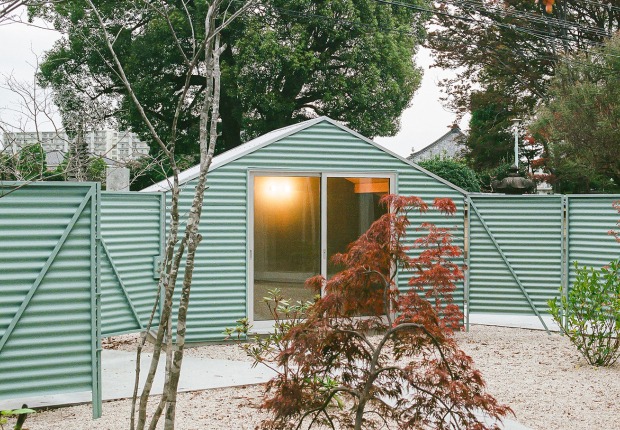
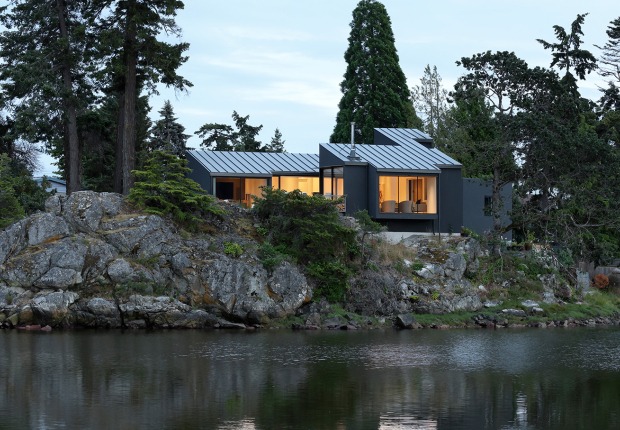
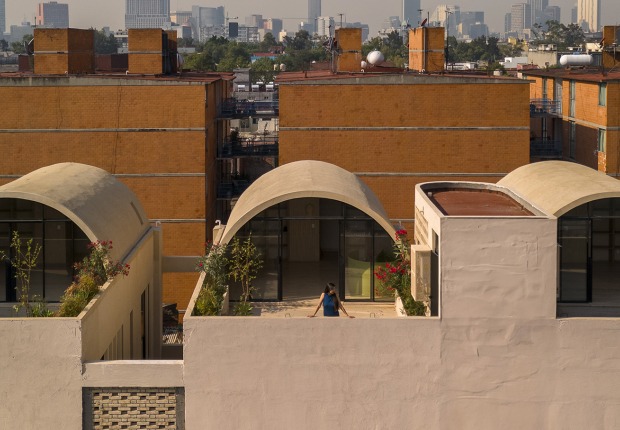



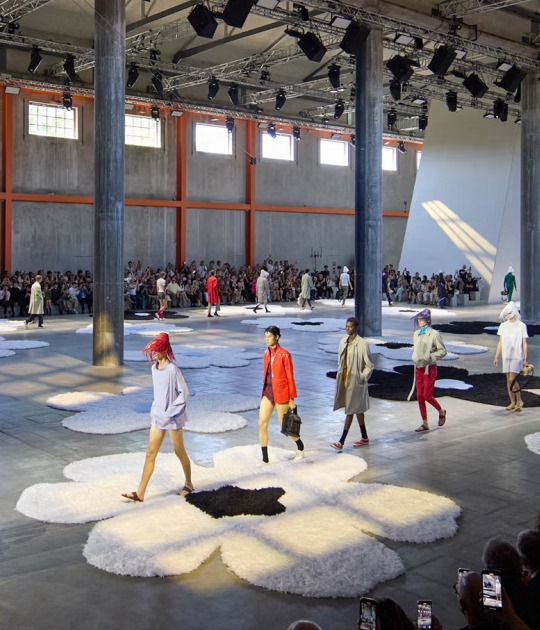

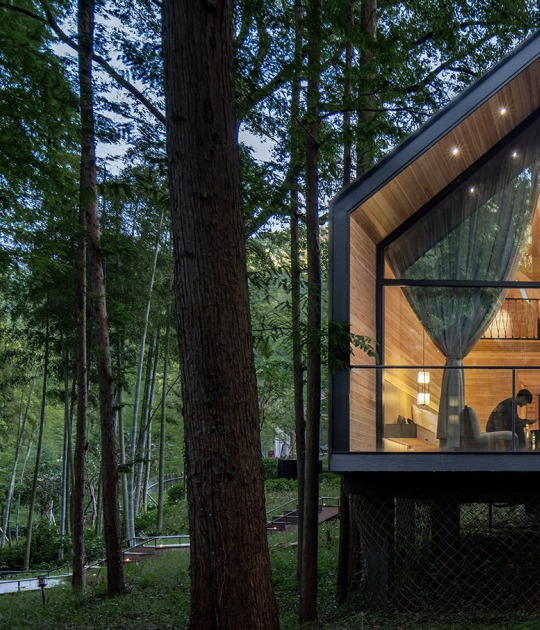


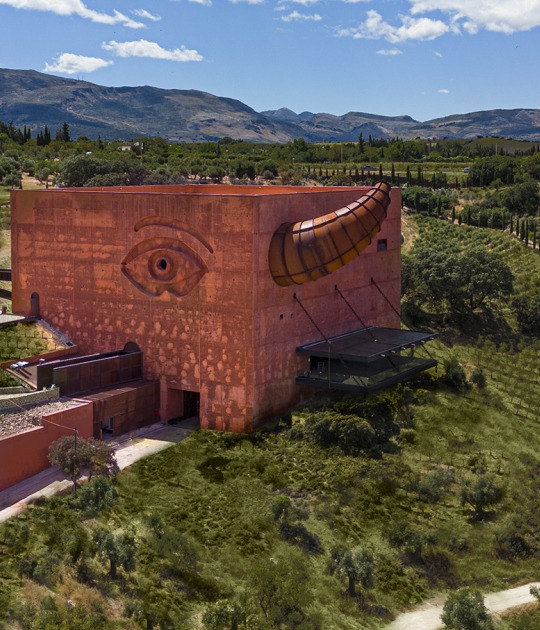


![Frederick (then Friedrich) Kiesler's City of Space [Raumstadt] debuted at the Exposition des Arts Décoratifs in Paris, 1925 Frederick (then Friedrich) Kiesler's City of Space [Raumstadt] debuted at the Exposition des Arts Décoratifs in Paris, 1925](/sites/default/files/styles/mopis_home_news_category_slider_desktop/public/images-lead/G.jpg?h=5c5ad3f7&itok=2bsigA7w)






